THE Journal's Mobile Computing + Augmented & Virtual Reality Resources
Here you'll find articles covering 1-to-1 computing, BYOD, augmented and virtual reality and all things mobile! Topics range from strategies for managing devices to news and reviews about new hardware and software.
A school shuttered by Hurricane Dorian in early September is receiving a shipment of Apple iPads to be used by students and teachers.
High school students in St. Louis Public School District received free smartphones and wireless connectivity from wireless provider Sprint as part of the 1million Project.
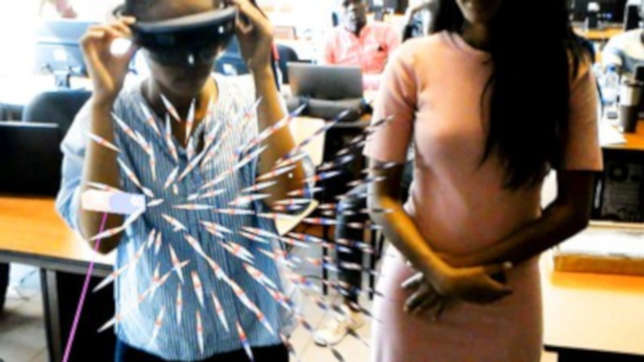
Wearing headsets, students can visualize how the magnetic field works in two or three dimensions by manipulating virtual bar magnets with their fingers and watching how compass needles respond to this invisible phenomenon.
All your carefully prepared, tried-and-true paper worksheets can now be used on the computing devices in your 1-to-1 classrooms! Collabrify’s PDFPal is a free, browser-based app that is truly easy-to-use — and free! Read all about PDFPal in today’s blogpost!
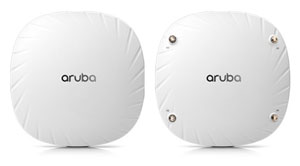
Hamilton Southeastern Schools and Octorara Area School District are two early adopters of WiFi 6 hardware to improve their wireless network capabilities.
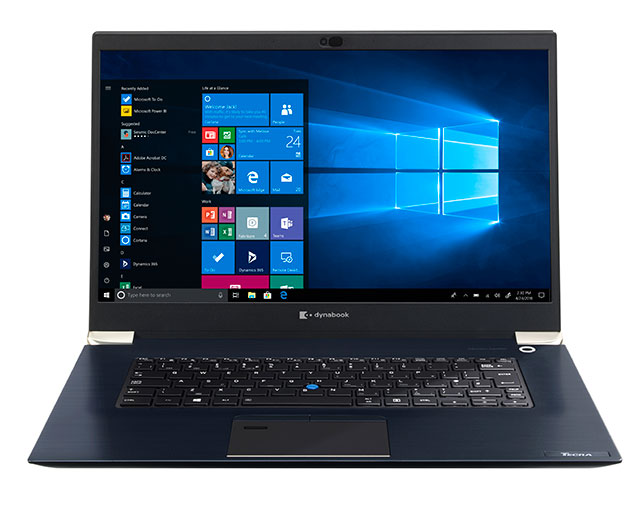
Dynabook has introduced Tecra X50, an ultrathin laptop that offers up to 32 GB RAM and WiFI 6 capability.
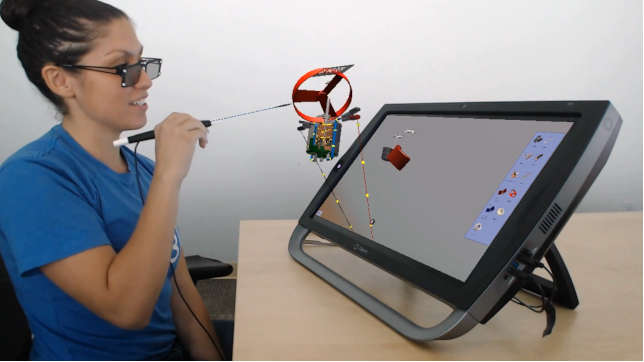
While research from the Association for Career & Technical Education reveals that students concentrating in CTE programs have a graduation rate of 93 percent compared to an average national freshman graduation rate of 80 percent, simply having a CTE program as part of a school’s curriculum is only a start in reducing dropout rates.
In time for back-to-school lesson planning, new programs have been added to the Discovery Education Experience and Techbook content; and more content is being made available in Spanish. Also, Discovery recently announced the acquisition of Inspyro, which provides virtual reality and augmented reality education programs.
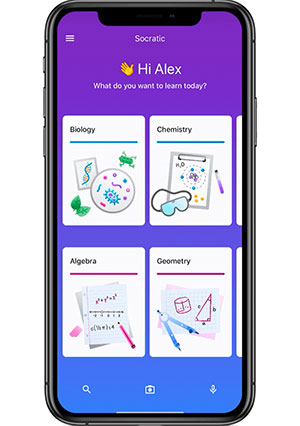
Google has introduced a revamped version of the Socratic app to help students complete their homework.
A Pennsylvania school district is ramping up its device and software inventory. The school board for West Jefferson Hills School District recently approved numerous technology acquisitions, including the lease of Chromebooks and purchase of iPads.